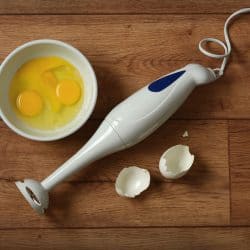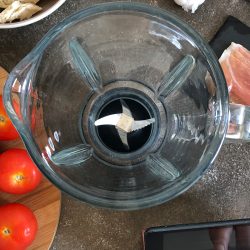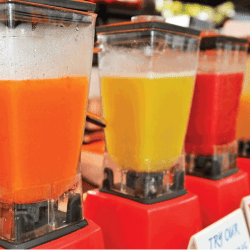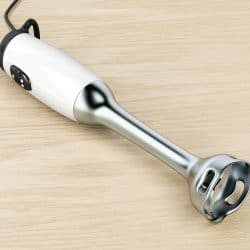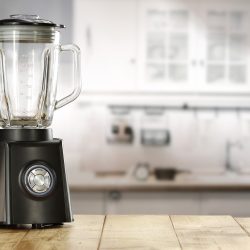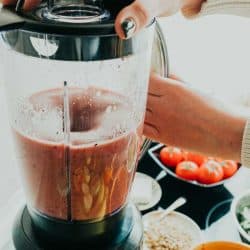There are few pieces of kitchen equipment as versatile as your blender. Able to make everything from dips and salsa to frozen drinks, mastering this appliance is extremely helpful. Knowing all the parts of your blender will help you get the most out of it and ensure proper maintenance. So what are the various parts of your blender, you might ask, and what are their uses? We have researched for you, so read on for more information.
The parts to a blender are thankfully pretty straightforward in terms of use. They include the following:
- The lid and fill cap covers the blender's top when in use.
- The jar is where materials are placed to be blended.
- The jar base is where the blades and jar are attached, and the motor is held.
- The motor that powers your blender.
- The blade of your blender.
- The screw cap and o-ring: rubber rings that hold your blender together while in use.
Now that is more than a few pieces to work with, and you probably are curious to know more. Knowledge of the working parts of your kitchenware helps greatly when working in the kitchen. Read on as we continue looking in-depth at the various parts of your blender and their uses.
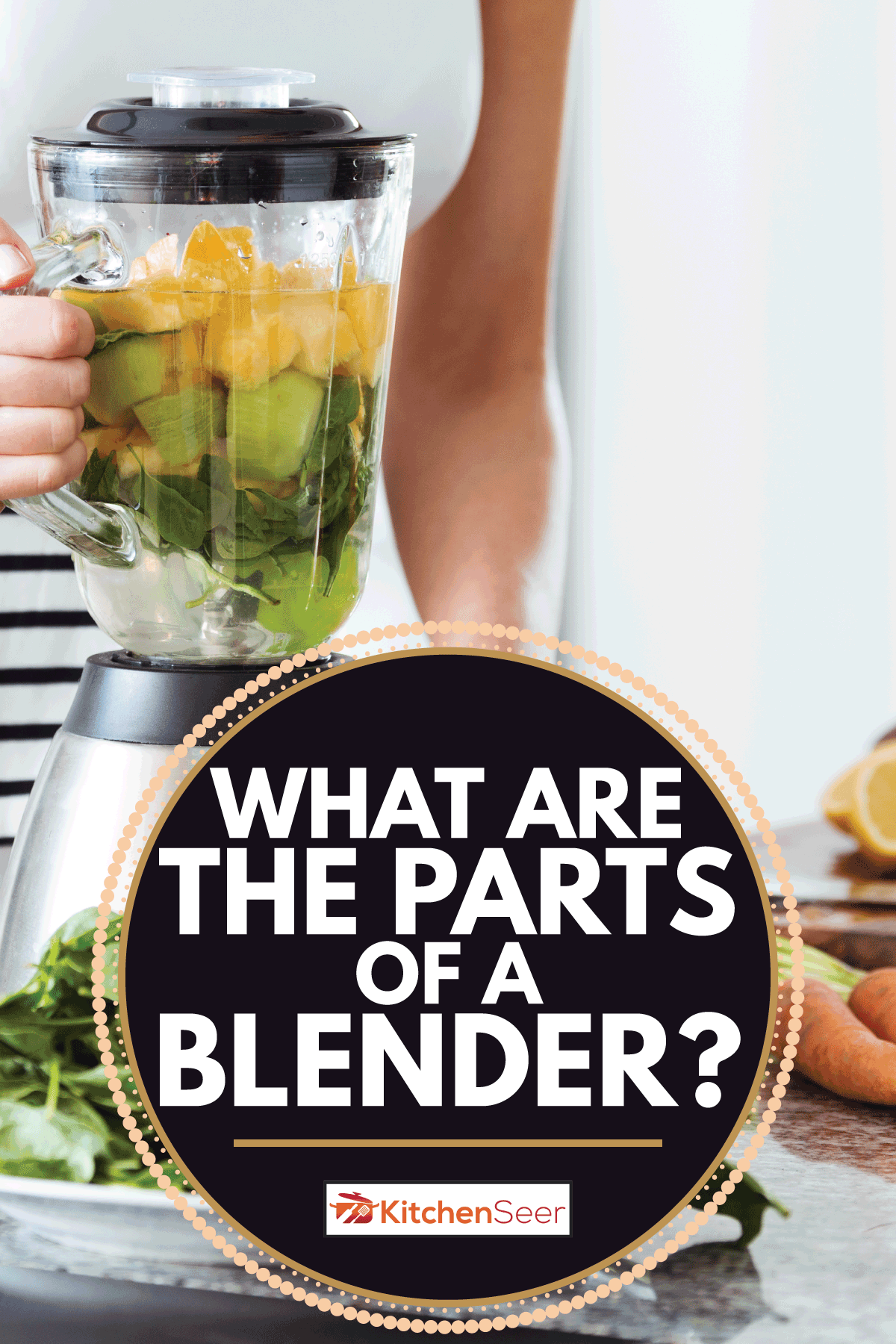
How many parts are in a blender?
There are eight parts to the average blender that we will discuss in this article. These range from the larger, more obvious pieces to the smaller pieces that keep your blender together. Each part of your blender serves an important function, and keeping them maintained allows your blender to continue to function. Although that might seem like a fair number of pieces, you'll want to educate yourself on each one of them.
Read more: Are Blender Bottles Dishwasher Safe?
The parts to a blender
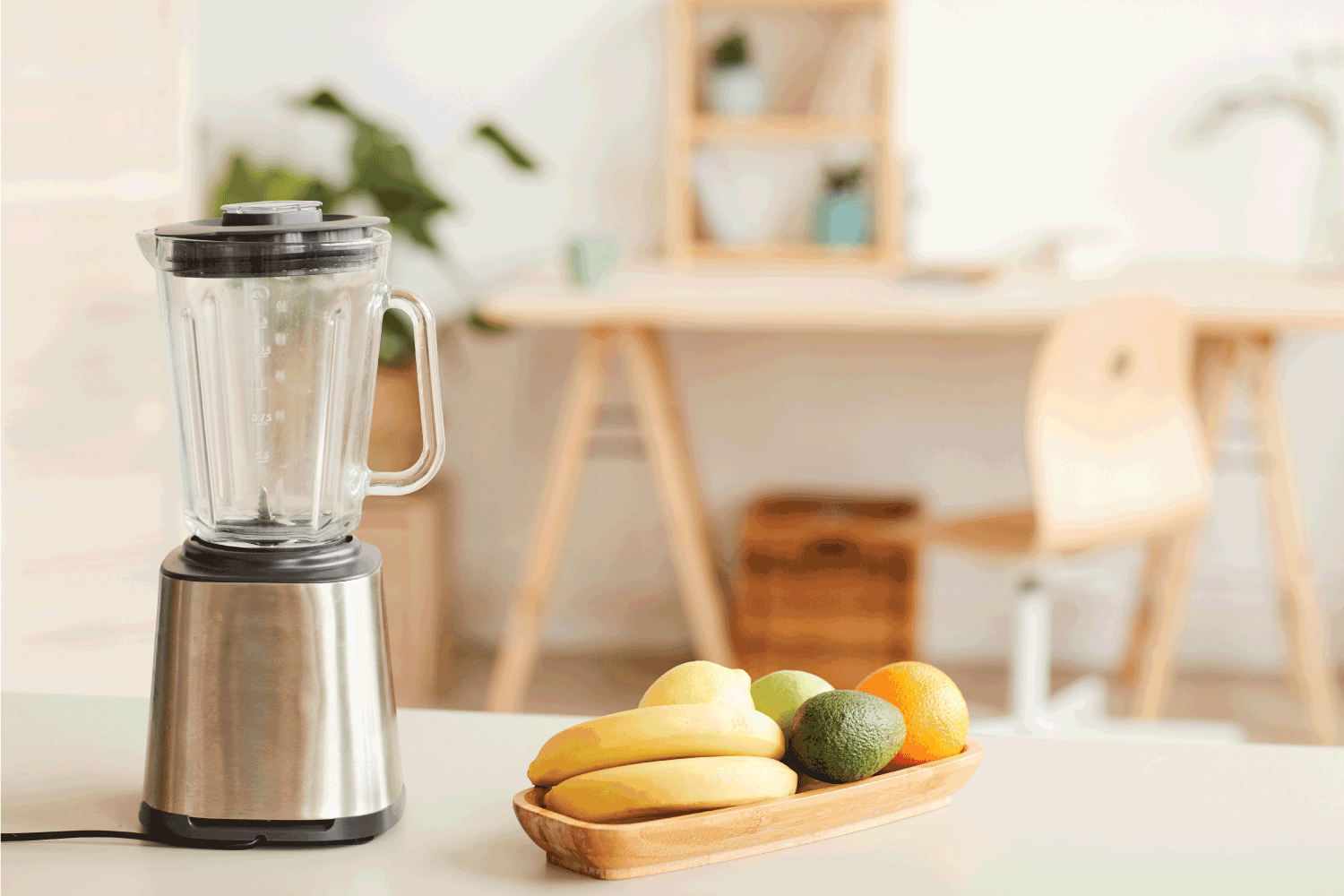
With all this in mind, we can begin to break down the uses of our blender pieces in more detail. From top to bottom, you're going to want to get to know them all.
The blender jar
One of the more visually easy to understand pieces, the blender jar is pretty much as it says. The receptacle, or jar, where you put your ingredients to blend them. The bottom of the jar is open to allow your blender's blades access to your ingredients so they can do their work. Blender jars can be made of plastic, metal, or glass, depending on the quality of your blender. Higher-end blenders tend to feature measurement markings on the outside for convenience.
The blender lid
Another relatively easy piece to understand, the lid of your blender keeps ingredients in the jar. With high-powered blades whipping your ingredients at high speed, the need for a lid is fairly apparent. Lids generally come in plastic or glass with rubber stops to form tight seals. Keep yourself safe, and always securely tighten your lid before using your blender.
The lid center cap
The lid center cap covers the center of the lid and allows for easy access when the blender is in use. This allows you to safely put more ingredients in your blender while blending if you so desire.
The blender base
The blender base is where your motor is housed and where your control buttons for your various settings are located. This is where you plug your blender in and place your jar to begin blending—another fairly self-explanatory piece.
The blade
The blade is essentially the heart of your blender, the piece that does the work of blending and pureeing. Comprised of stainless steel, the blade is a relatively simplistic device. The blade is made of two pieces of metal that form a cross shape at the bottom of your blender. The blade attaches at the bottom of the blender to the motor, typically with a screw to keep it in place. If not attached securely to the motor, your blades won't be of much use.
The motor
The motor is yet another fairly self-explanatory piece of your blender. Residing in your blender's base, this is what powers your blade. There are several kinds of motors depending on the type of your blender, and you'll likely need to replace one at least once during the life of your blender. Knowing the details of your blender motor is extremely helpful and can save you from having to replace your entire blender.
The bottom screw cap
This is the part that holds the blades in place during use, keeping them from flying off and possibly damaging the blender or the user.
The o-ring
This flat rubber ring resides between the blade and the jar, creating a seal between the two. The o-ring keeps food from getting through to the motor and damaging it. They are easily replaceable and fairly cheap as well.
How many blades do blenders have?
On average, a blender will have four blades set up in multiple planes. These blades will be angled to maximize contact with the food while in use. The ends of each piece of metal angle up and down, respectively. You can get blenders with six blades, but these will generally cost more money, and four blades achieve the goals set for blenders perfectly fine.
How do blenders work?
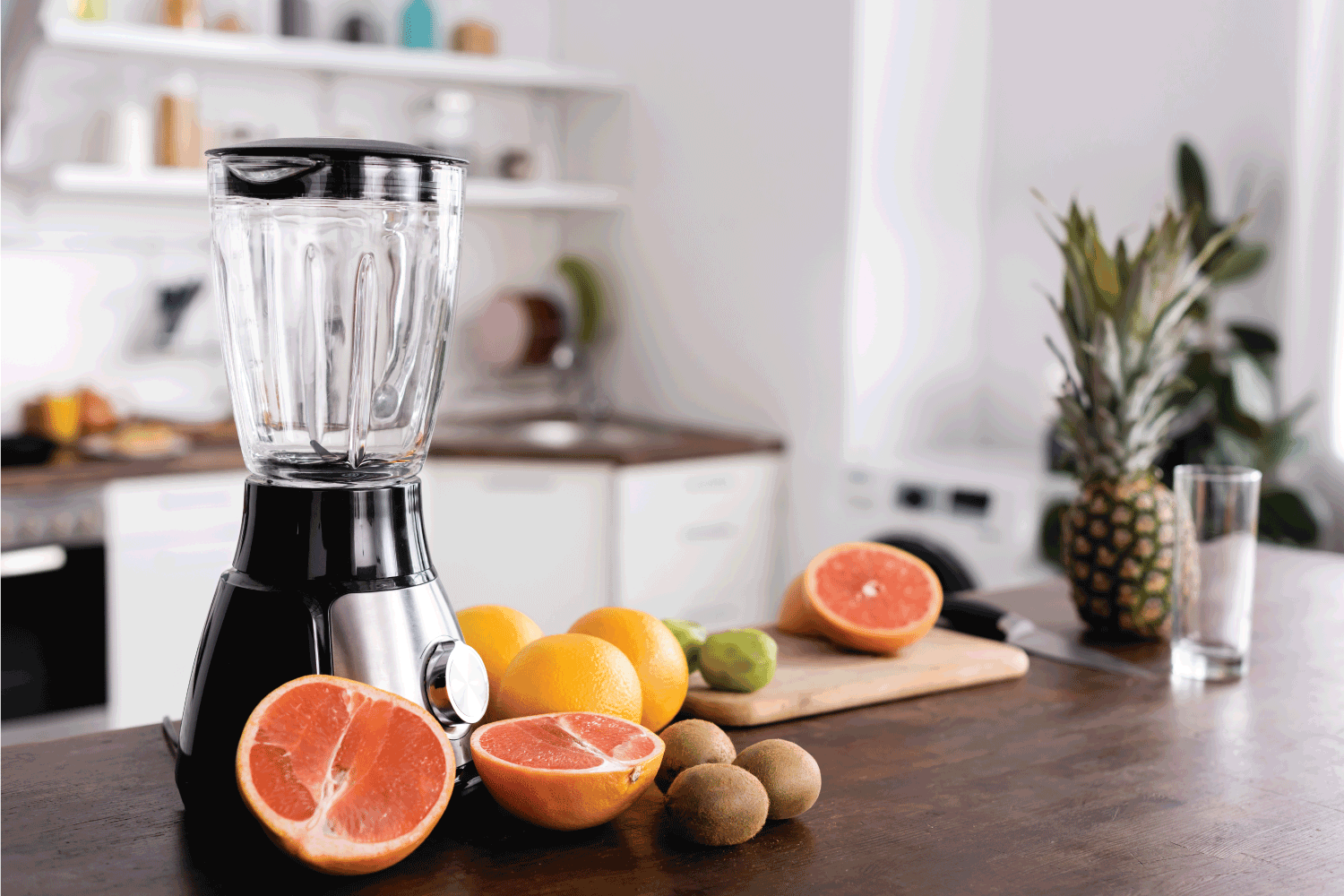
Blenders use centrifugal force created by the motor and the blades to create a vortex in the fluid added with the ingredients. This pulls the solid ingredients towards the center where the blades are located and causes them to liquefy. As the ingredients liquefy and combine, the fluids follow the continued motion of the blades, forming a well in the center of the blender.
This well in the center of your blender is shallow, so it displaces the ingredients as they are drawn towards the axis at the blade's center. This lack of space coupled with the constant whirling motion forces ingredients up and to the sides. Air is constantly added into the mix, forming a texturally consistent and homogenized mixture once finished.
Because of how blenders function using liquid as the main factor, they're generally best suited to create purees and smoothies. This separates their function from food processors and similar appliances more handled for solid food mincing.
Which type of blender is best?
There are many blenders out there on the market, and there are likewise many factors that play into which is best for you. More powerful blenders tend to be bigger and therefore require more cabinet space. If your kitchen is already cramped and you're not likely to need a high-powered blender, a smaller personal blender will be able to do most average tasks just fine.
The type of tasks you want to achieve will play a role in whether you want a larger high-powered blender or not. Personal blenders are generally not equipped to crush ice, for example, while higher-powered blenders can cope easily. These stronger blenders can heat soups and purees while blending, crush nuts and grains into flours, and turn nuts into nut butter with ease.
Cleaning ease, design, and of course, price is additional factors that come into play when choosing your blender. Consider these factors, what you want to make with your blender, and your personal preferences when looking into which blender to purchase for your kitchen.
Read more: Can You Put Nuts in a Blender?
In Conclusion
Blenders are impressive pieces of machinery that can do a lot if you invest in a proper piece of machinery. Knowing the breakdown of the parts of your blender can help you maintain your blender and use it to its maximum potential should you decide to purchase an expensive machine. Hopefully, this article helped, and you can now make informed choices with your blender moving forward.

